
Daring to Rebalance the Gender Force
Approach to building Sustainable Business Models for the Rural Women of Jamnagar
- By Janhavi Raja and Rashi Garg
- October 20, 2020
Share This Story
Female Labour Force Participation Rate, WFPR, Jamnagar, Rural women, Livelihood, Entrepreneurs, COVID
Over the last ten years, the Female Labour Force Participation Rate (LFPR) has gone down from 30.4% to 20.5%. Research suggests that employed women are worst hit due to the COVID-19 pandemic so much that women actively participating in the workforce are 2.9 times more likely than men to be unemployed this year. As routine jobs become more automated, there is going to be increasing pressure on women, to continuously upskill, and be a part of the care economy as well.
One of the largest districts in Gujarat, Jamnagar ranks 22 among other districts in the Work Participation Rate Index and is rated High in terms of Gender Inequality even though the literacy rates for women have gone up by 14.04% as per district 2011 census report.
Fig-1 Workforce Participation Rate in Jamnagar
|
District |
WPR male 2001 (%) |
WPR male 2011 (%) |
WPR Female 2001 (%) |
WPR Female 2011 (%) |
Change in Male WPR (%) |
Change in Females WPR (%) |
|
Jamnagar |
54.7 |
58.1 |
21.4 |
19.2 |
6.22 |
-10.28 |
In rural areas, of the Jamnagar district, it is observed that women do not step out to gain employment due to deeply rooted gender biases. Despite several schemes and initiatives
undertaken to enable mass employment, the women remain unemployed or get employed in locations they cannot travel to, making the effort and exercise futile.
There is an urgent need to create positive role models of working women in these regions, as young girls need to see the success of their contemporaries. To do this, the livelihood officers of a district should work with a test group through counselling, training, supporting sustainable employment or business, and ultimately gaining stability in the market. It is therefore essential to first, identify the potential industries, and after that, follow a structured approach, to build a sustainable ecosystem that empowers and employs women in such regions.
4-part approach for Sector prioritization and Scaling

Identified Sectors: There are a few industries that allow women maximum control. In such industries women can be independent producers, sellers as well as consumers. Below are the few products identified, to give women sustainable business opportunities:
- Agarbatti
- Pickle making
- Khakras/Papad
- Handlooms and Handicraft
- Sanitary cloth pads
Scalable models: To build scalable models, it is important to identify mega trends that are making rounds in peri-urban and urban pockets. This will help ensure a healthy demand in the market and allow easy acceptance of product by consumers. With the entry of ecommerce market, and with easy accessibility to transport and logistics, the women in the hinterland of these regions can be supported in selling their products directly to consumers.
Collaboration with regional entrepreneurs: Working with local representatives will help in quick identification of barriers, and in building custom systems to remove those barriers to women participation in workforce.
Market Channels: The government entities in the district can explore partnerships with larger organizations such as UNDP, Women on wings and STEP that are working with broader objectives of raising the livelihoods of rural Indian women in selective sectors. These organizations help by acting as middlemen, providing employment and entrepreneurial opportunities to rural women.
A policy framework needs to be developed, highlighting ‘gender-specific’ constraints to devise strategies promoting women’s participation. It is crucial to empower women by creating jobs, supporting entrepreneurship, fuelling innovation and improving access to markets, because only then, will we, as a country, achieve productivity gains, enhanced growth and improved development prospects for the current and future generations.
Reference:
-
Why India needs women to work. (n.d.). Retrieved June 01, 2020, from https://www.economist.com/leaders/2018/07/05/why-india-needs-women-to-work
-
Salve, Prachi. “Why Rural Women Are Falling Out Of India's Workforce At Faster Rates Than Urban Women |,” December 24, 2019. https://www.indiaspend.com/why-rural-women-are-falling-out-of-indias-workforce-at-faster-rates-than-urban-women/
-
Sharma, N. (2020, February 20). It's a bad time to be a job seeker in India-and a double whammy for women. Retrieved September 12, 2020, from https://iwpr.org/media/press-hits/its-a-bad-time-to-be-a-job-seeker-in-india-and-a-double-whammy-for-women/
-
Labor force participation rate, female (% of female population ages 15) (modelled ILO estimate) - India. (n.d.). Retrieved September 12, 2020, from https://data.worldbank.org/indicator/SL.TLF.CACT.FE.ZS?locations=IN
-
Bureau, E. (2019, June 01). Unemployment rate in India: India's unemployment rate hit 6.1% in 2017-18. Retrieved September 12, 2020, from https://economictimes.indiatimes.com/jobs/indias-unemployment-rate-hit-6-1-in-2017-18/articleshow/69598640.cms?from=mdr
-
“Research Reports.” GAME, n.d. https://massentrepreneurship.org/research-reports/.
-
Gender Inequality Index of Districts of Gujarat, Chapter 6, Pg 15, shodhganga.inflibnet.ac.in/bitstream/10603/204162/9/09%20chapter%2006.pdf

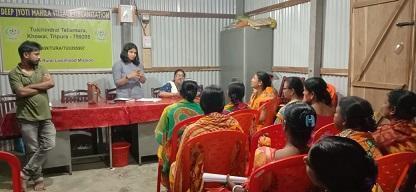


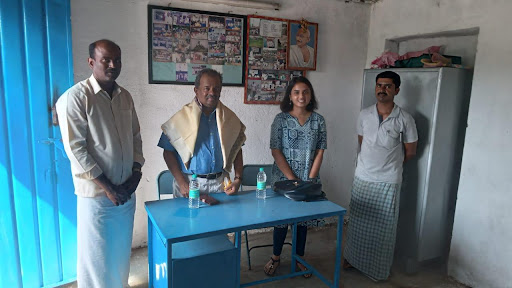

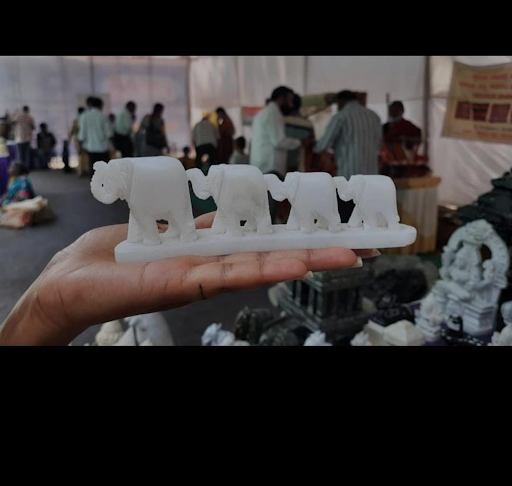


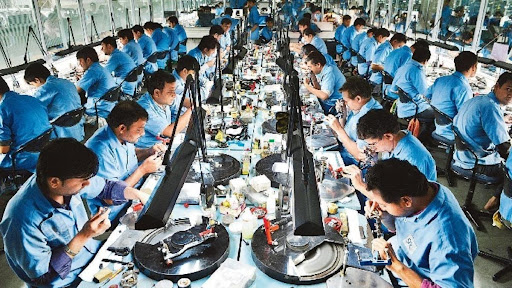


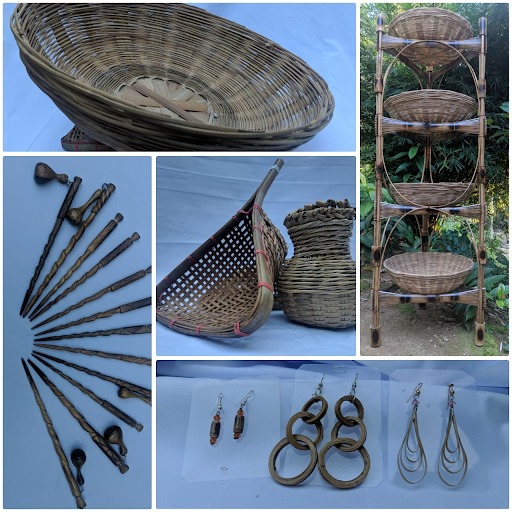






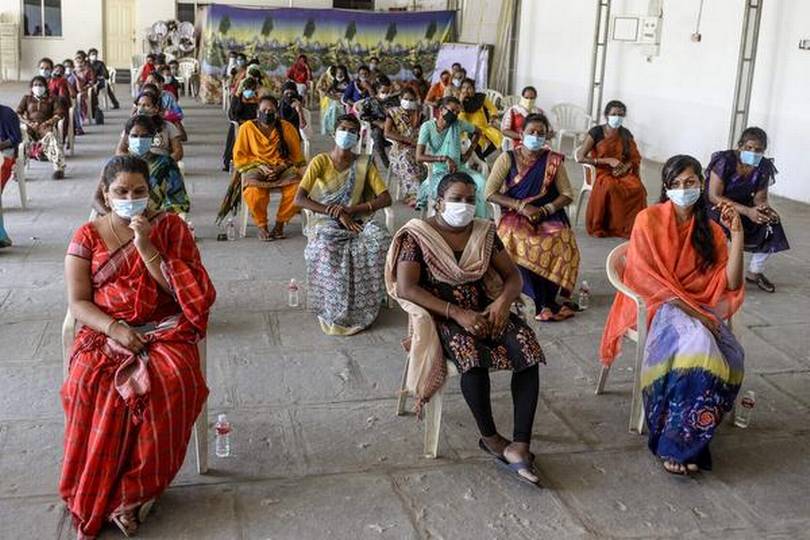














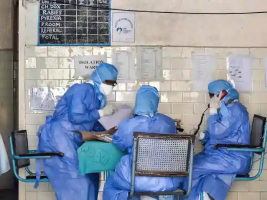



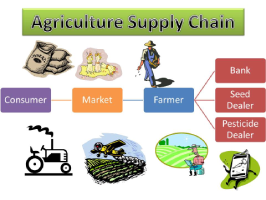








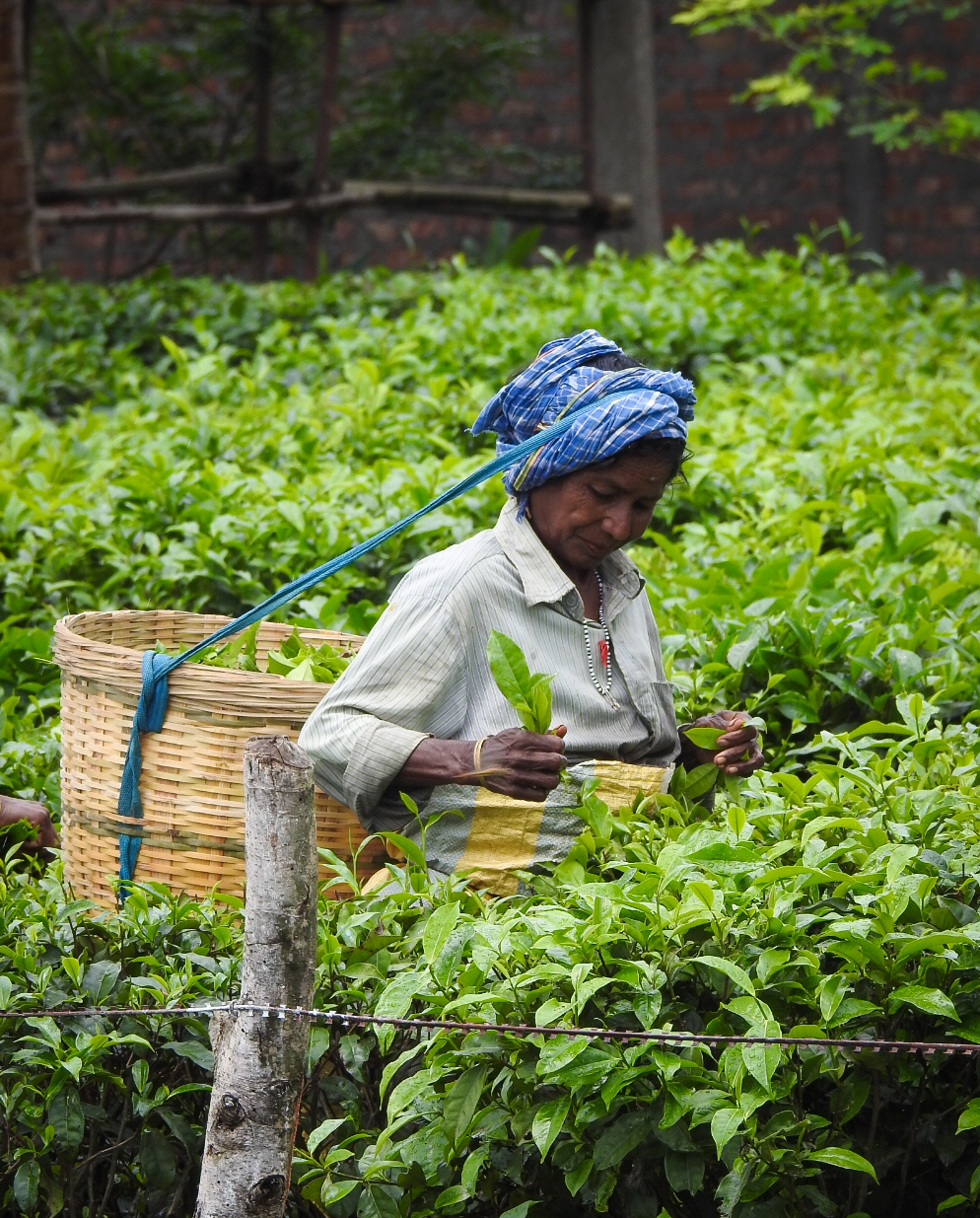







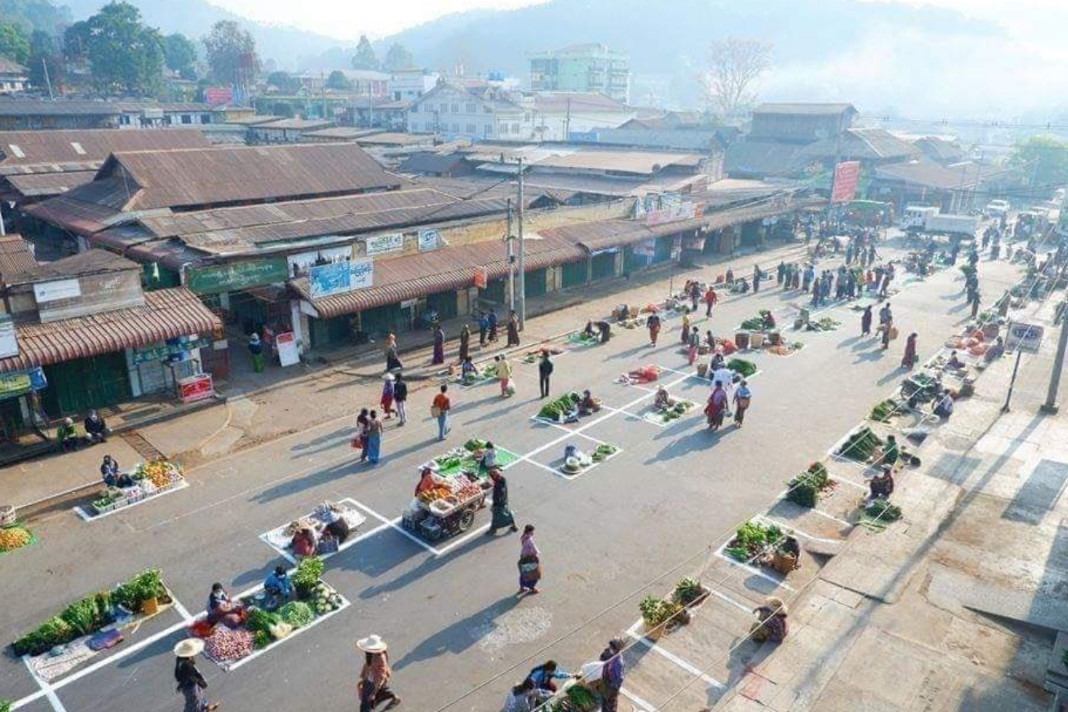



















Janhavi Raja
Rashi Garg